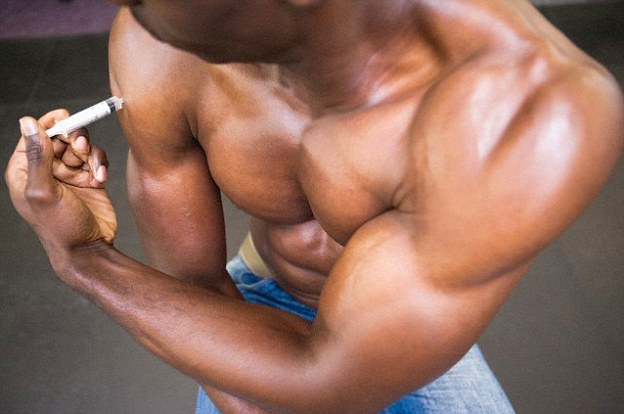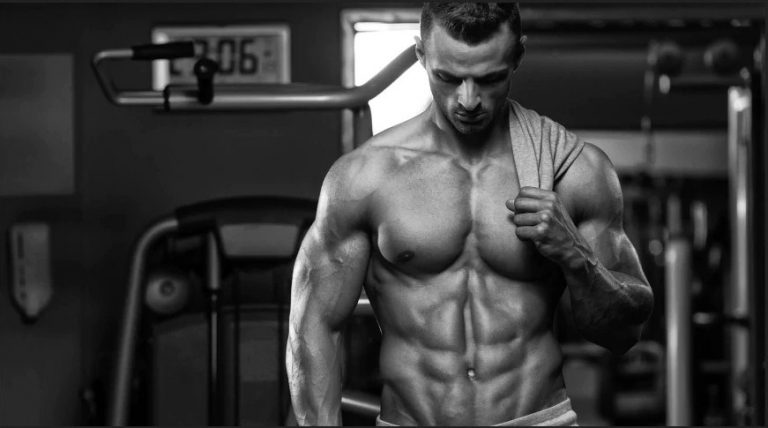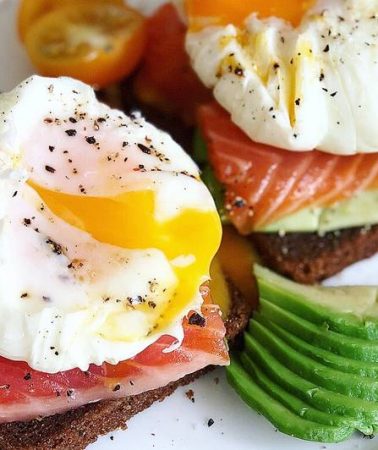What development cycles to use?
Do you know the cycles of progression? I believe that if you start reading this article, it is either because of this term, or because you have heard about it and want to know more. You should know that when I started bodybuilding, luck was a must. We were in the early 2000s and the advice we received was no logic .
But stupid, because the consultants were muscular, and our knowledge with my friends was limited, we drank and listened to the Holy Spirit, what these people told us to do. Then, not really progressing and not realizing that we could not count on luck in progress, we realized that the most muscular, in most cases, were part of what I later called “Chinese” , then There are very gifted people born to build muscle (see this article on the Chinese method).
Worst of all, the most muscular of the muscular are 100% of doping . I know it is customary to say that this does not change anything in the effort that must be made to progress, but this is complete heresy, as has been demonstrated by corroborating the evidence in this book based on recent research by scholars.

So gradually, through training and practice, I developed a very methodology that many bodybuilding practitioners use today, including the best natural practitioners. Wanting to leave the least amount of room for the chances of building muscle, cycles of progression were born to allow anyone who wants to really act with awareness and push their boundaries, to reach their potential, whatever it may be.
Because chance doesn’t work for most. In this article, we’ll see together what a progression cycle is, what the different types of progression cycles are, and finally how to go further with it.
1 – definition of progression cycles
Progress loops are a way of planning, programming your progress from session to session.
This is what I have been doing personally for myself and my students at the moment more than 10 years and who explain their results after months, sometimes years of stagnation, believing that “They could never progress by listening to the advice I clumsily followed when I started.
By paying attention to what we do in each lesson on the so-called textbook in the world of bodybuilding, using this progression loop methodology, you will be able to define in upstream exactly what you need to do in every exercise.
In other words, progress cycles are the exact opposite of the advice we regularly hear about how to exercise according to the shape of the day, and that our emotions determine what we will do during the workout with weights.
As Jean-Luc Favre said in his book Become a World Champion with Jean Texier: “If I trained instinctively , I would never force and avoid a certain amount of ‘lazy exercise’.
With the help of progression loops, we plan the loads we will use, the number of runs, reps, recovery time between each set … to leave as little room for chances as possible.
Improvisation may occur, but as a last resort, if you are really not in good shape or you have unusual pain. By working in this way, we can psychologically program ourselves for success, using techniques such as visualization so that no one doubts the effectiveness to better achieve our goals.
This is what I do personally, especially when large sessions are scheduled. If we see us doing this, then I would dare to say that we have already done the most difficult thing (For sports we recommend https://steroide24.com/shop/injizierbare-steroide).
Like fitness planning, developmental cycles are planning for a doped bodybuilding practitioner who wants to build muscle and strength.

2 – Main development cycles
Far from one one development cycle for everyone, there are many plans, and most of them have their own logic.
The most famous are the linear cycles of progression, where we decide to very gradually increase various factors of muscle growth, such as increased load (mechanical stress) or increased repetitions in a very progressive manner (metabolic stress) or cycles wave progression where we play alternately on both weights and reps, which requires more experience to be used effectively.
Cycles of progression should also be distinguished from cycles of strength, volume, mass, sarcoplasmic, vascular hypertrophy, which, in my experience, explain in detail my experience detailed in this article. These cycles should clearly be forgotten, as they do not take into account the fundamental concepts of physiology , namely:
-Sarcoplasmic hypertrophy (volume) does not exist without a proportional increase in sarcomeres (mass), which means that it is impossible to distinguish the two and make a training cycle to maximize one at the expense of the other. This also explains why the inflator doesn’t exist.
– It matters more than reaching a level to reach a level, such as 10 reps on a 100kg bench press, to achieve a level traveled to achieve a physique in proportion to its performance.
If we achieve 10 reps per 100 kg with the bench press, other than any morpho-anatomy concept (to learn more about this subject), this is due to the almost exclusive use of a series of 1 to 6 repetitions or using an average length of 8 up to 15 reps, subsequent muscle development has absolutely nothing to do.
Many people tend to minimize the influence of nerve factors on the manifestation of strength when they improve “infinitely”. This is, among other things, what we call motor learning.
If you start with progression loops, I recommend you to start with linear loops, which will allow you to gradually get to know yourself before moving on to the last step (see below), the SP-Training app can really help you familiarize yourself with each session and progress through it (I insist, but it really is).
3 – Example loop
Since nothing beats a specific one, I will allow myself to imagine an example of a loop slightly more complex than linear and wave loops to show you how you can handle, almost infinitely, the various factors that do this (that is, everything that you do in training).
This development cycle contains a accumulation phase and a exploitation phase. In the first part, you will strive to build up volume to increase your endurance, to use it in the second part to emphasize the intensity (understand the loads here) to really beat your recordings at the end of the cycle.
Imagine that you are currently doing 10 reps with 25kg of ballast in Dips, and that you are aiming for 10 reps with 30kg, your development cycle could be:
| Example Progression Cycle | For failures | |
| Week 1 | 5 x 10 reps with 10kg ballast | 1 ′ recovery between each series |
| Week 2 | 5×10 reps with 12.5kg ballast | 1 ′ recovery between each series |
| Week 3 | 5 x 10 reps with 15 kg ballast | 1 ′ recovery between each series |
| Week 4 | 5×10 reps with 17.5kg ballast | 1’30 recovery between each series |
| Week 5 | 5×10 reps with 20kg ballast | 1’30 recovery between each series |
| Week 6 | 3×10 reps with 22.5kg ballast | 2 ′ restores between each series |
| Week 7 | 3 x 10 reps with 25 kg ballast | 2’30 recovery between each series |
| Week 8 | 3 × 8 reps with 30kg ballast | 3 ′ restores between each series |
| Week 9 | 3×6 reps with 35kg ballast | 3 ′ restores between each series |
| Week 10 | 1 x 10 reps with 30kg ballast |
You can see the number of sets, reps, and recovery times evolve throughout planning. Rather, it is reserved for average and experienced practitioners who, knowing each other well, can program their development for 10-12 weeks according to my experience. If you’re new to using progression loops, it’s best to schedule one session at a time and notify after each.
In addition, we can talk about an intermediate level and more.
4 – final step with progress loops
The progression loop should always be very progressive , but ultimately it should also be personalized. As with the curriculum associated with your morpho-anatomy , your cycles of progression will gradually need to take into account your personality and especially your experience, what has worked and what has not worked for you.

All bodybuilding progression cycles will not necessarily work for you, but from experience, the more basic they are and the better they will help you progress. Factors of settings could be the range of repetitions you use (I don’t recommend the same rep range depending on the exercises – see explanations), the recovery time between streaks, or the frequency of your loads (you can read this article on this subject ).
The final step is personalization in all areas of your training for almost endless progress.
